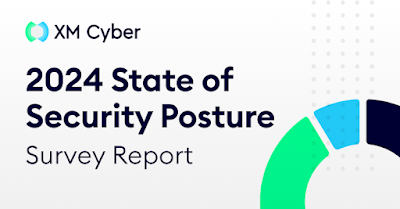What's the Right EDR for You?
May 10, 2024Endpoint Security / Threat Detection
A guide to finding the right endpoint detection and response (EDR) solution for your business' unique needs. Cybersecurity has become an ongoing battle between hackers and small- and mid-sized businesses. Though perimeter security measures like antivirus and firewalls have traditionally served as the frontlines of defense, the battleground has shifted to endpoints. This is why endpoint detection and response (EDR) solutions now serve as critical weapons in the fight, empowering you and your organization to detect known and unknown threats, respond to them quickly, and extend the cybersecurity fight across all phases of an attack. With the growing need to defend your devices from today's cyber threats, however, choosing the right EDR solution can be a daunting task. There are so many options and features to choose from, and not all EDR solutions are made with everyday businesses and IT teams in mind. So how do you pick the best solution for your needs? Why EDR Is a Must Because of









